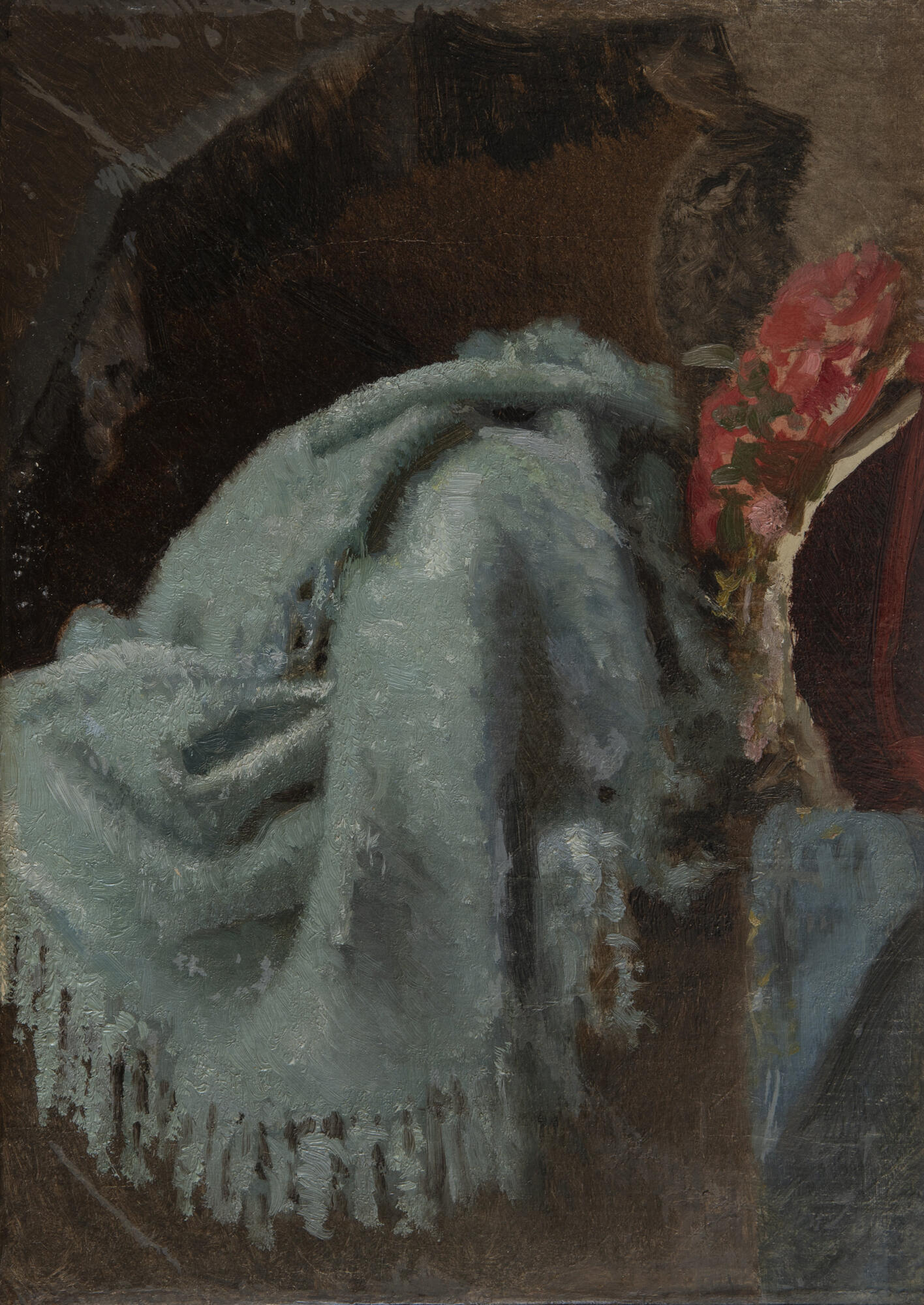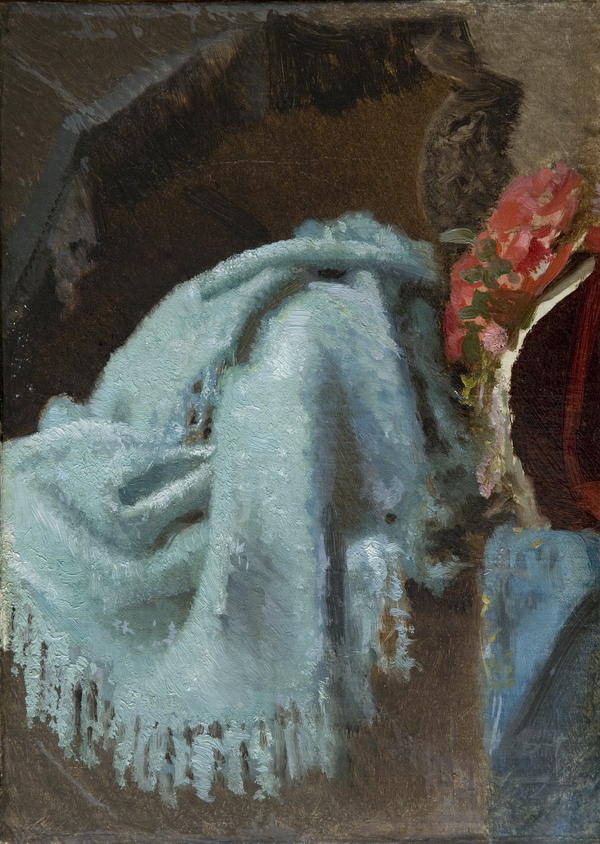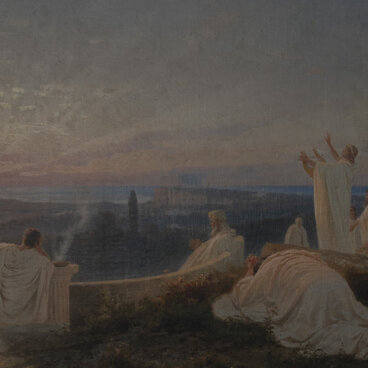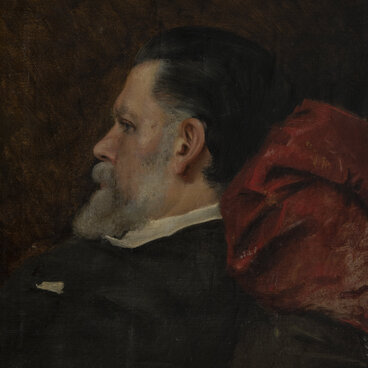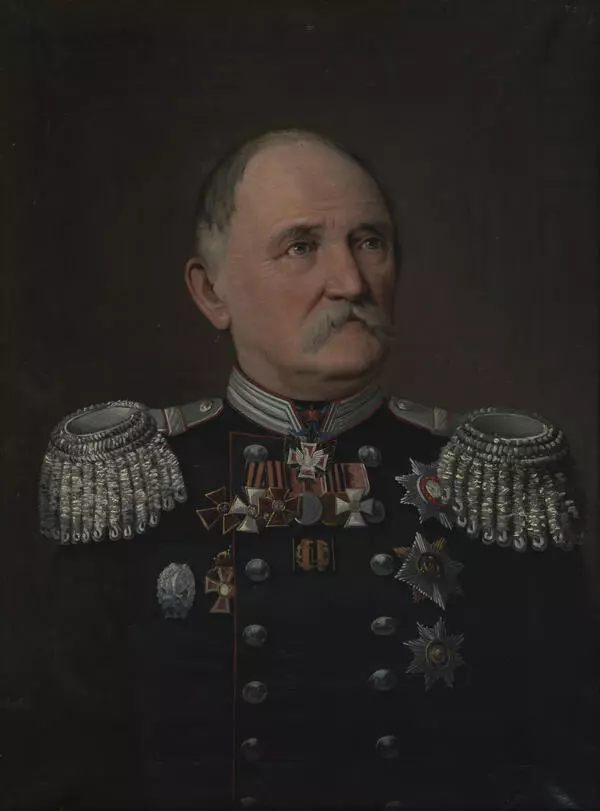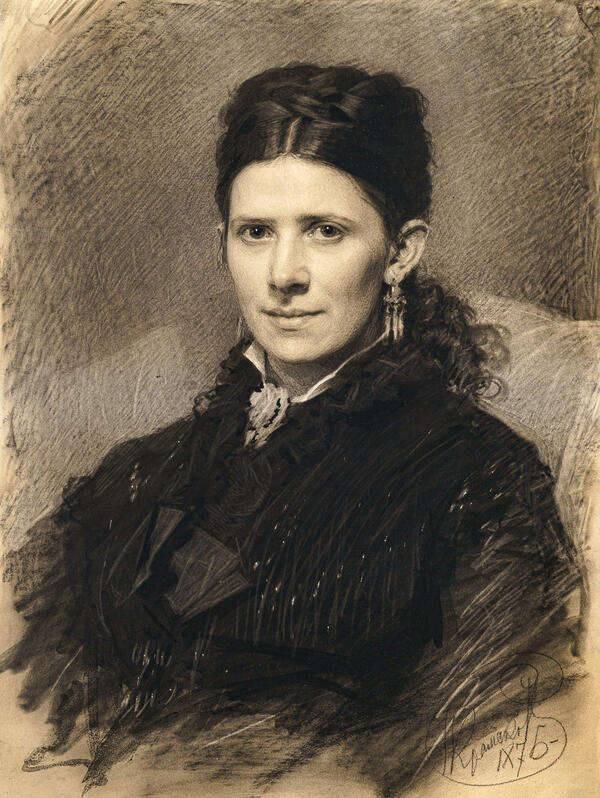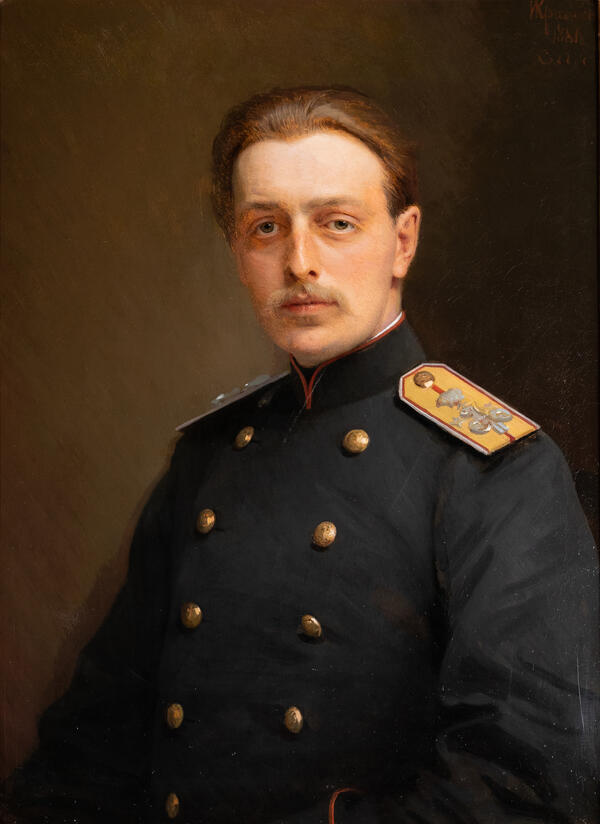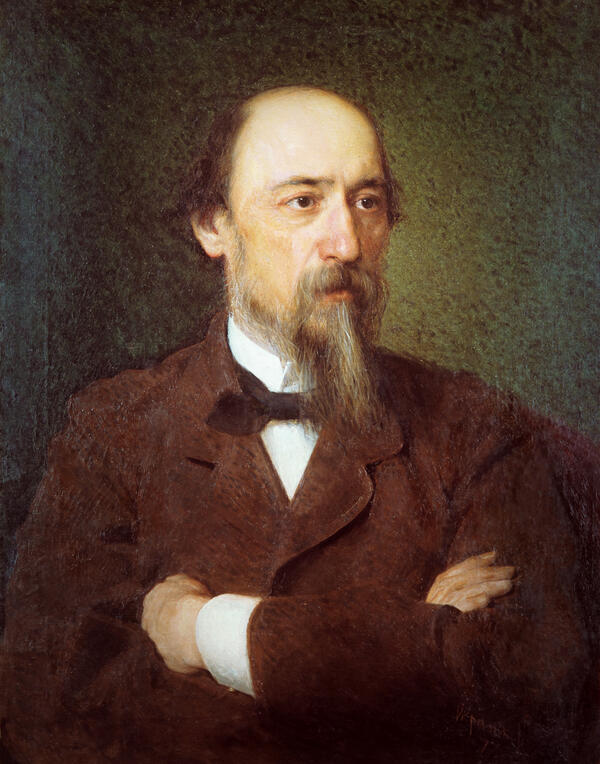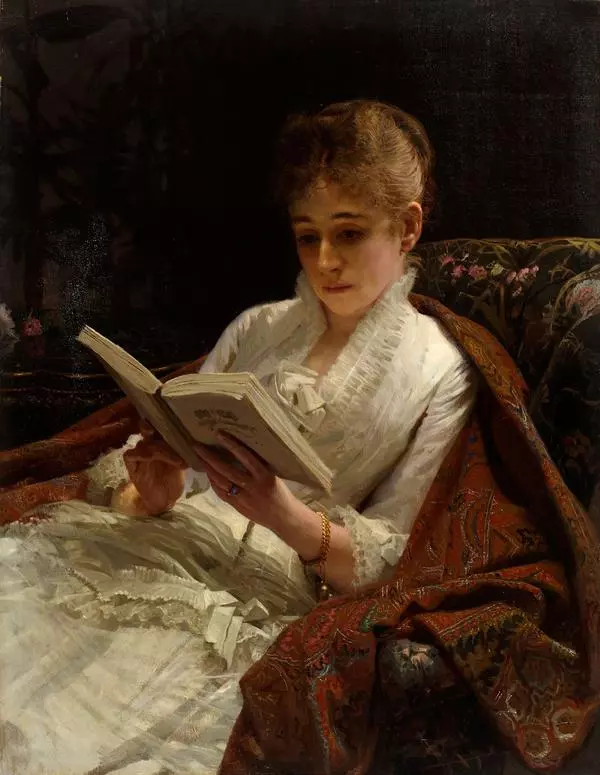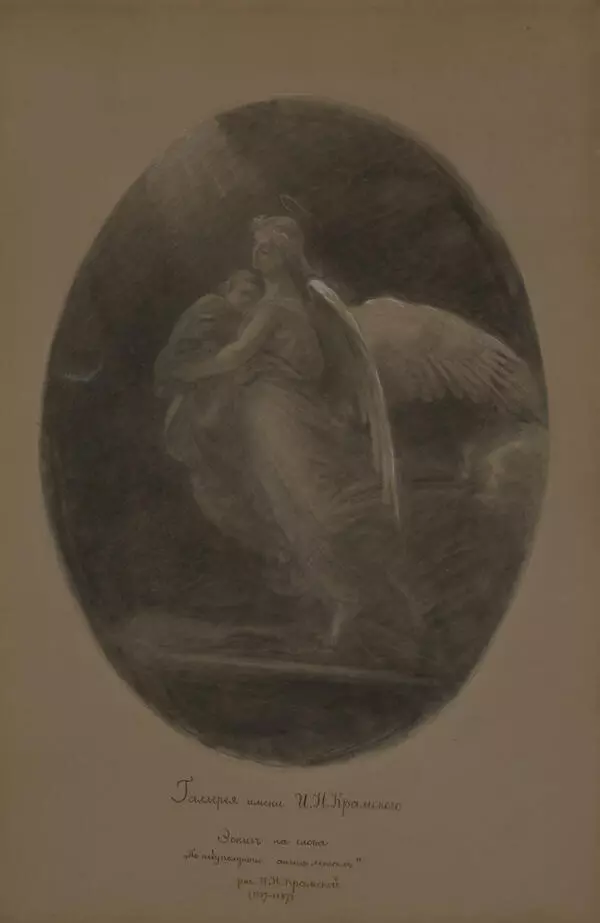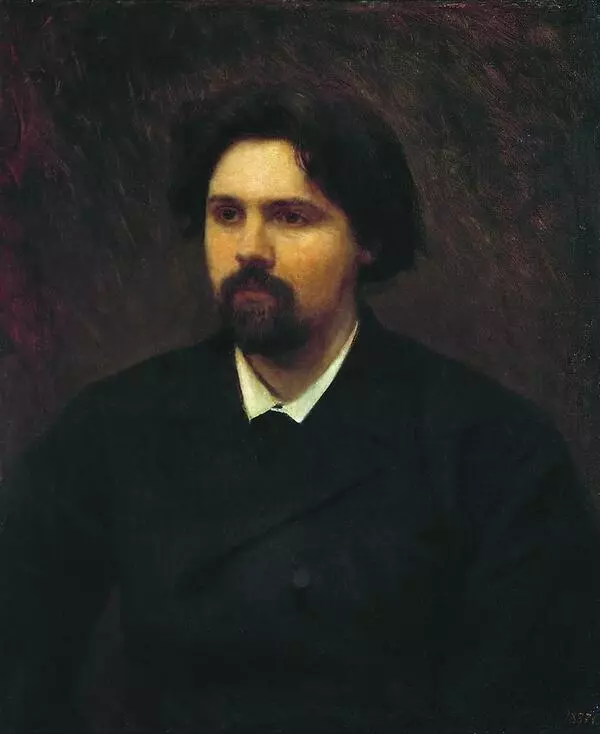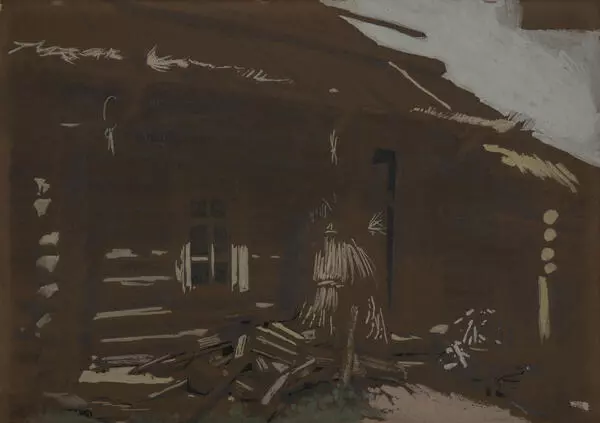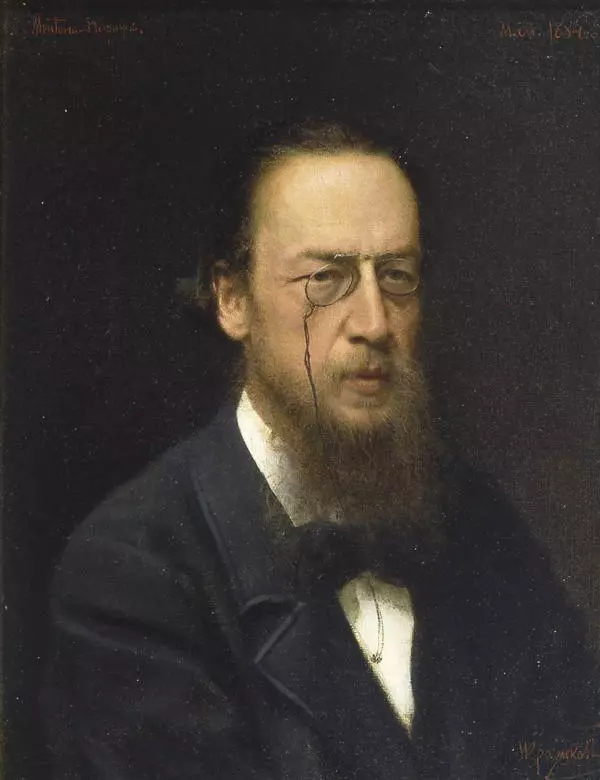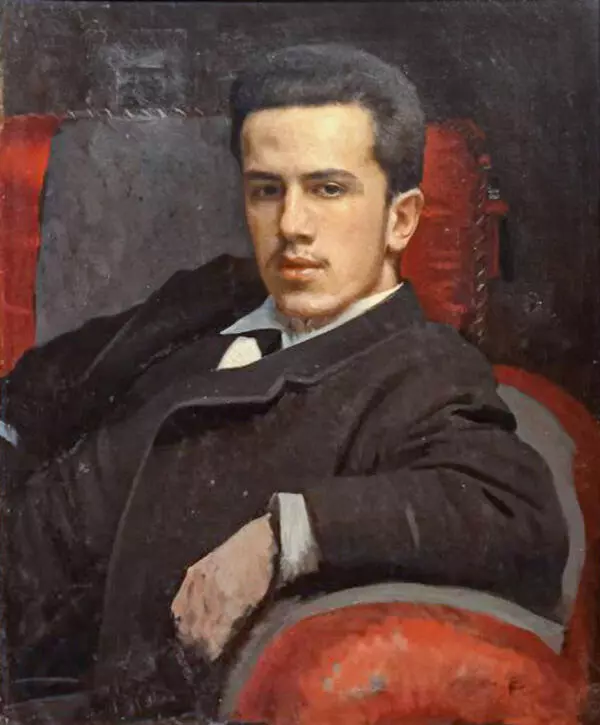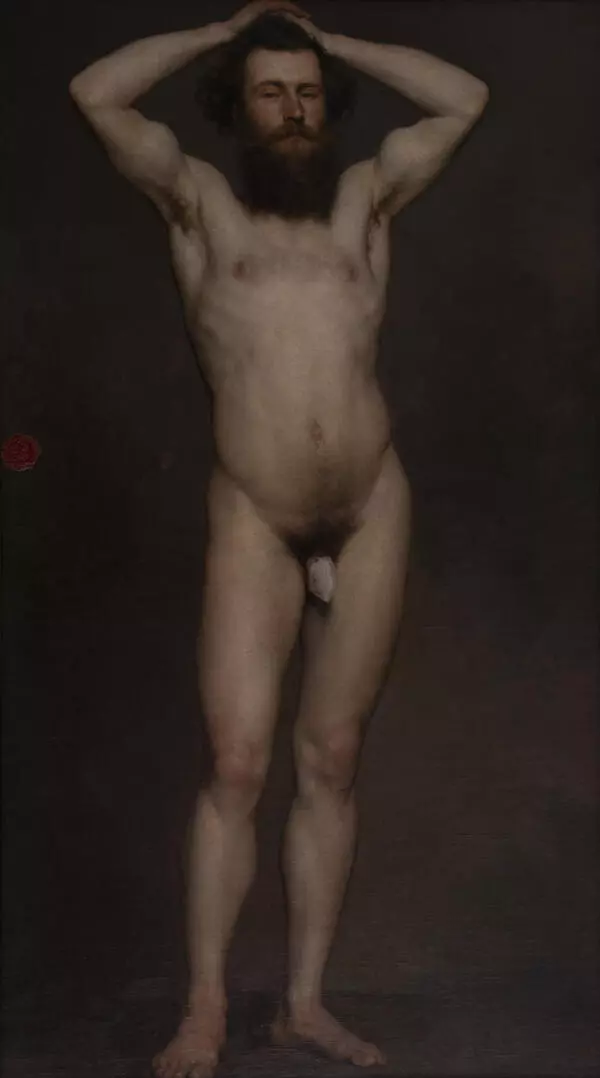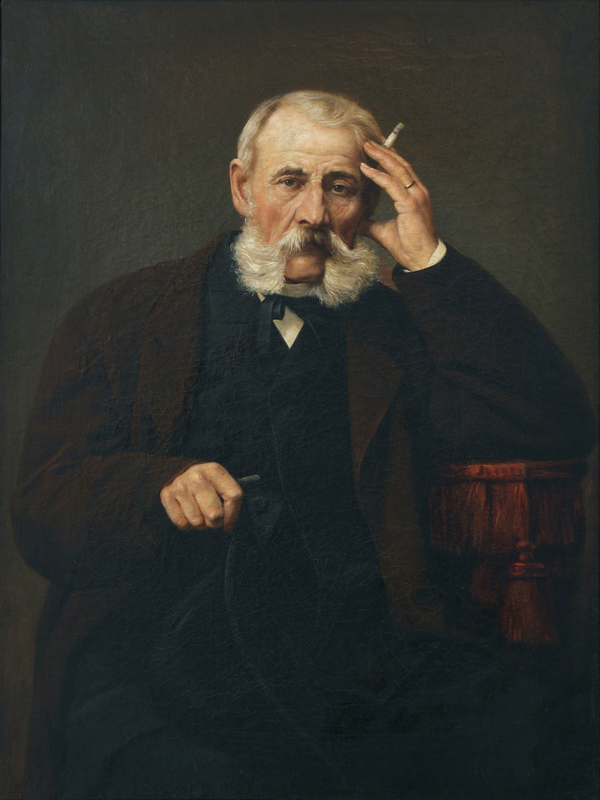The exhibition of the Ostrogozhsk Museum features a painting titled “Still Life. A Hat, an Umbrella and a Shawl” which is not typical of Ivan Nikolaevich Kramskoy. It was donated to the museum by the artist’s son Nikolay Ivanovich Kramskoy in 1938.
The artist started painting still lifes only at the end of his life. A master of portraits, Kramskoy did not think much of landscapes, still lifes, and even genre paintings. Nevertheless, his still life “Bouquet of Flowers. Phlox” (1884) is widely popular. It is a valuable artwork kept at the State Tretyakov Gallery. It has been equally highly praised by Kramskoy’s contemporaries and modern-day art experts. Kramskoy skillfully depicted the texture of cloth, the density, and relief of objects — their glossiness and roughness. Being a talented colorist, Kramskoy had a quick eye for the play of colors and shadows on phlox leaves. In the still life with clothes titled “A Hat, an Umbrella, and a Shawl”, the artist managed to capture the warmth and dense air of the room.
Both these works show that the artist was also good at still lifes. In such small paintings, Ivan Kramskoy managed to render the main theme of a still life which is reflected in the name of the genre itself. According to his intention, the artist was able to “feel” the objects, “speak” to them, and combine them into a harmonious composition. The artist seemed to be asking these objects to tell their story, to find out (and then demonstrate) whom they served and whose life they improved. The objects tell us much about their owner — their lifestyle, habits, activities, and tastes.
This painting was originally part of the collection of the artist’s family: the objects depicted by Ivan Kramskoy most likely used to belong to his daughter or wife. Such clothes and household items were both beautiful and functional, without any unnecessary luxury. Throughout history, talented and sensitive painters have striven to express great ideas in their still lifes. This is why many paintings of this genre are full of allegories and symbols.
The artist started painting still lifes only at the end of his life. A master of portraits, Kramskoy did not think much of landscapes, still lifes, and even genre paintings. Nevertheless, his still life “Bouquet of Flowers. Phlox” (1884) is widely popular. It is a valuable artwork kept at the State Tretyakov Gallery. It has been equally highly praised by Kramskoy’s contemporaries and modern-day art experts. Kramskoy skillfully depicted the texture of cloth, the density, and relief of objects — their glossiness and roughness. Being a talented colorist, Kramskoy had a quick eye for the play of colors and shadows on phlox leaves. In the still life with clothes titled “A Hat, an Umbrella, and a Shawl”, the artist managed to capture the warmth and dense air of the room.
Both these works show that the artist was also good at still lifes. In such small paintings, Ivan Kramskoy managed to render the main theme of a still life which is reflected in the name of the genre itself. According to his intention, the artist was able to “feel” the objects, “speak” to them, and combine them into a harmonious composition. The artist seemed to be asking these objects to tell their story, to find out (and then demonstrate) whom they served and whose life they improved. The objects tell us much about their owner — their lifestyle, habits, activities, and tastes.
This painting was originally part of the collection of the artist’s family: the objects depicted by Ivan Kramskoy most likely used to belong to his daughter or wife. Such clothes and household items were both beautiful and functional, without any unnecessary luxury. Throughout history, talented and sensitive painters have striven to express great ideas in their still lifes. This is why many paintings of this genre are full of allegories and symbols.
